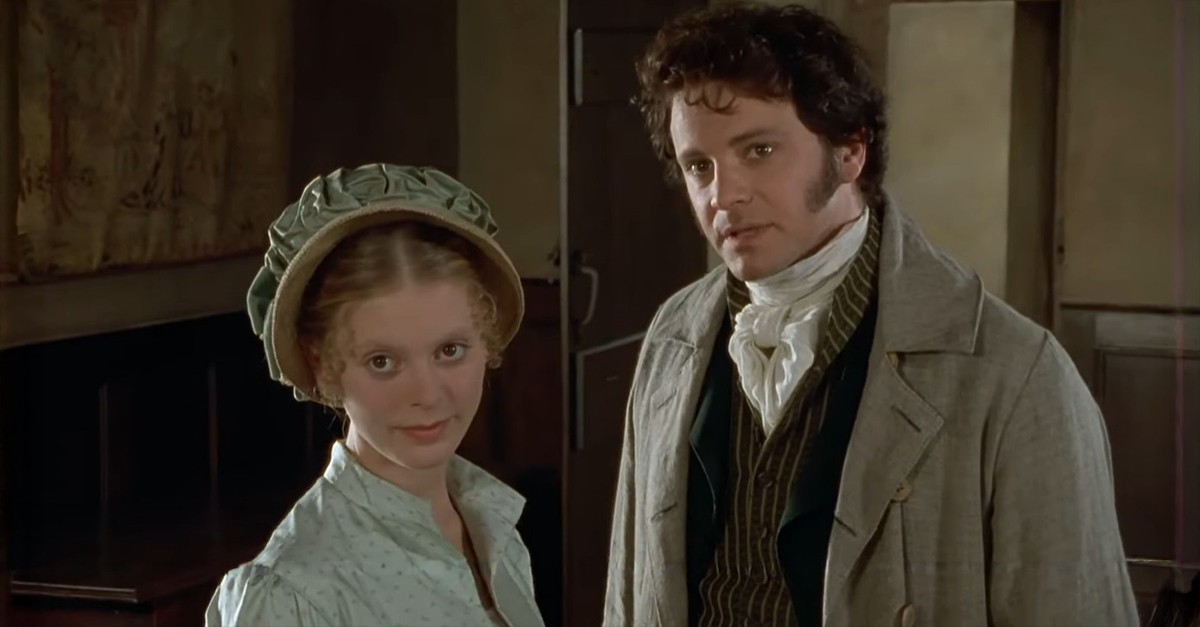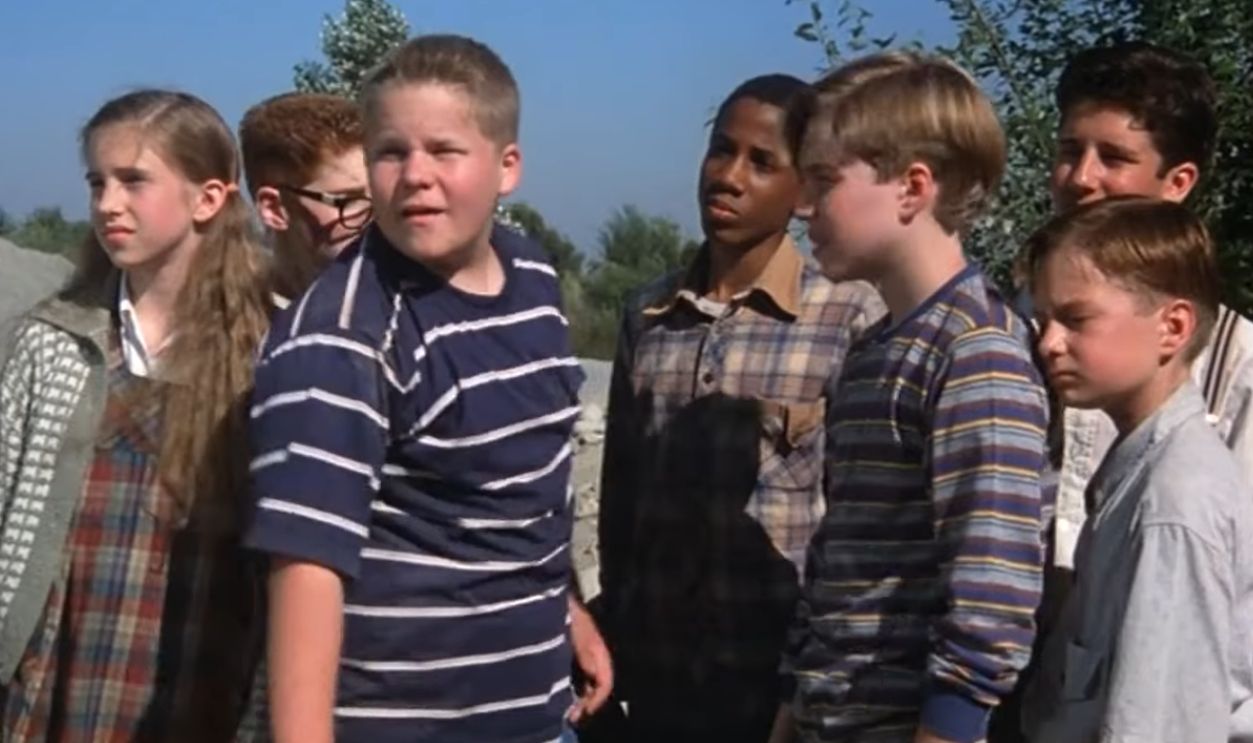A Golden Age For TV Mini-Series
The 1990s were a golden age for the television mini-series: high production values, big stars stepping onto the small screen, and stories spanning several nights instead of single episodes. Let’s look back at what critics and fans regard as the best mini-series of the 90s.
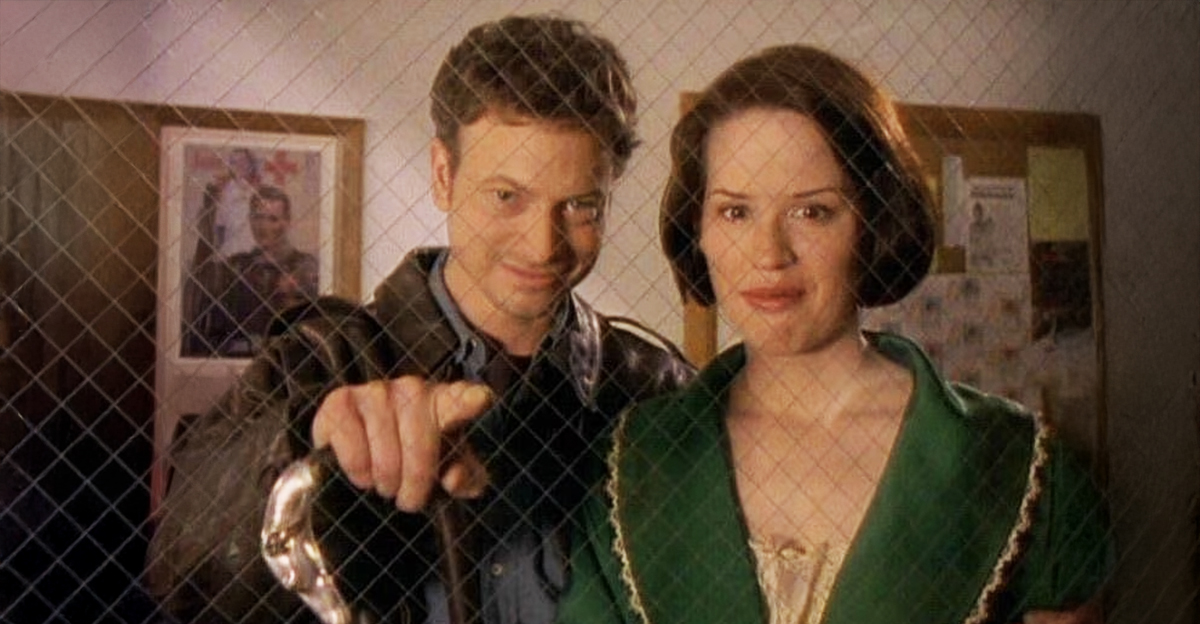
The Stand (1994)
This adaptation of Stephen King’s brick-like novel of the same name aired over four nights and featured a star-studded cast including Gary Sinise, Molly Ringwald, Ossie Davis, and Rob Lowe. It was memorable for its ambitious scale, dedicated effects teams, and for being one of the highest-budget mini-series of its time.
 Screenshot from The Stand, ABC (1994)
Screenshot from The Stand, ABC (1994)
Wild Palms (1993)
An eight-part ABC mini-series with a surreal, futuristic storyline written by Bruce Wagner and Oliver Stone. Featuring Robert Loggia, James Belushi, and Dana Delany, the mini-series blended elements of thriller, sci-fi and satire, an unusual mix for the television of that era.
 Screenshot from Wild Palms, ABC (1993)
Screenshot from Wild Palms, ABC (1993)
George Wallace (1997)
This two-part mini-series starred Gary Sinise as Alabama governor George Wallace, earning him an Emmy and Golden Globe. Directed by John Frankenheimer, it explored Wallace’s segregationist politics, attempted assassination and late-life transformation. The production was praised for its historical accuracy, set design and performances, making it a standout work of 90s political drama.
 Screenshot from George Wallace, TNT (1994)
Screenshot from George Wallace, TNT (1994)
Alive (1993)
For decades North American audiences have been obsessed with the story of the Uruguayan rugby players reduced to eating human flesh in the aftermath of a plane crash in the Andes. The story is retold in this NBC mini-series starred Vincent Spano and Ethan Hawke, that earned kudos for its realism and willingness to dramatize the survival ordeal instead of sanitizing it for television.
 Screenshot from Alive, Paramount Television (1994)
Screenshot from Alive, Paramount Television (1994)
From The Earth To The Moon (1998)
Co-produced by Tom Hanks for HBO, this twelve-part mini-series chronicled NASA’s Apollo missions with unprecedented production values for television. Each episode focused on a distinct team, flight crew, or technical challenge. Its film-quality sets, extensive visual effects, and documentary-inspired structure made it one of the most ambitious mini-series of the decade.
 Screenshot from From the Earth to the Moon, HBO (1994)
Screenshot from From the Earth to the Moon, HBO (1994)
Gulliver’s Travels (1996)
A two-part Hallmark production starring Ted Danson as Lemuel Gulliver. With lavish sets and international locations, the adaptation brought the classic Jonathan Swift text to a wide television audience and is still one of the most memorable mini-series of the decade.
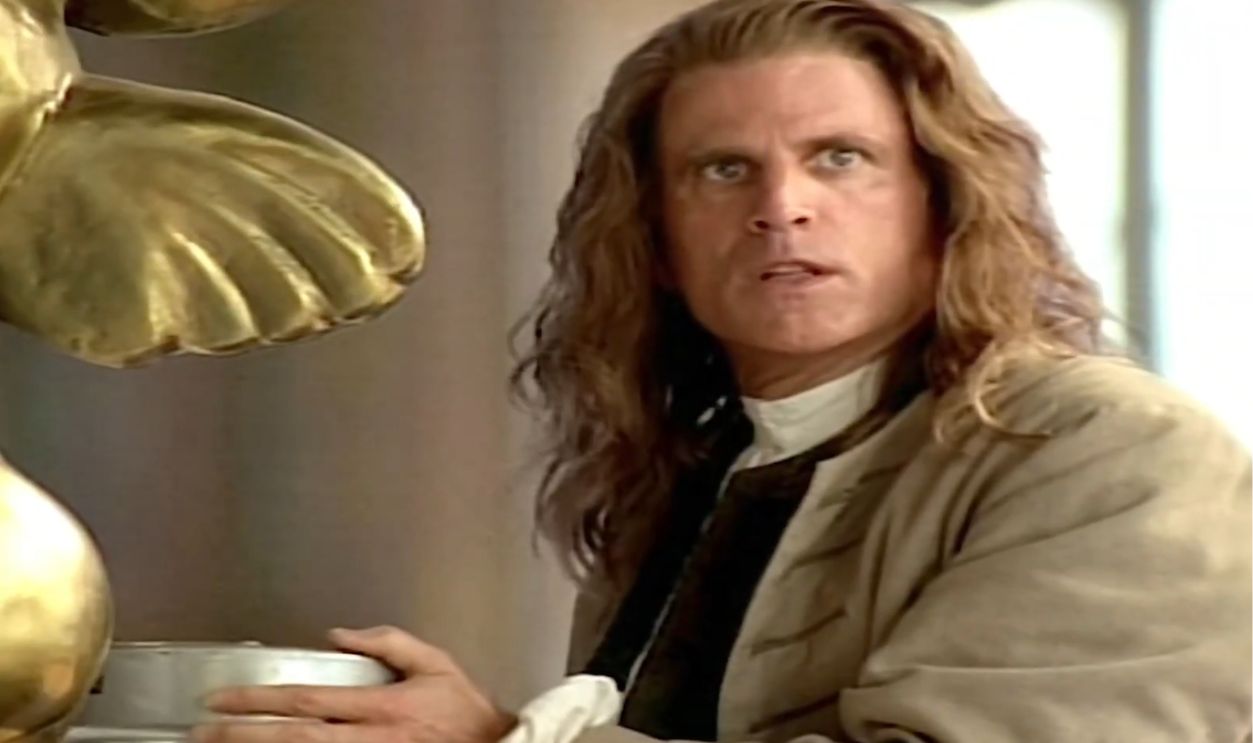 Screenshot from Gulliver’s Travels, NBC (1994)
Screenshot from Gulliver’s Travels, NBC (1994)
Arabian Nights (1999)
This sumptuous Hallmark mini-series adapted the One Thousand and One Nights tales into a two-night event complete with elaborate sets, extensive creature effects and an ensemble cast. The production blended adventure, comedy and fantasy in a way rarely attempted on network television. The series was praised for its costumes, makeup work and international filming locations.
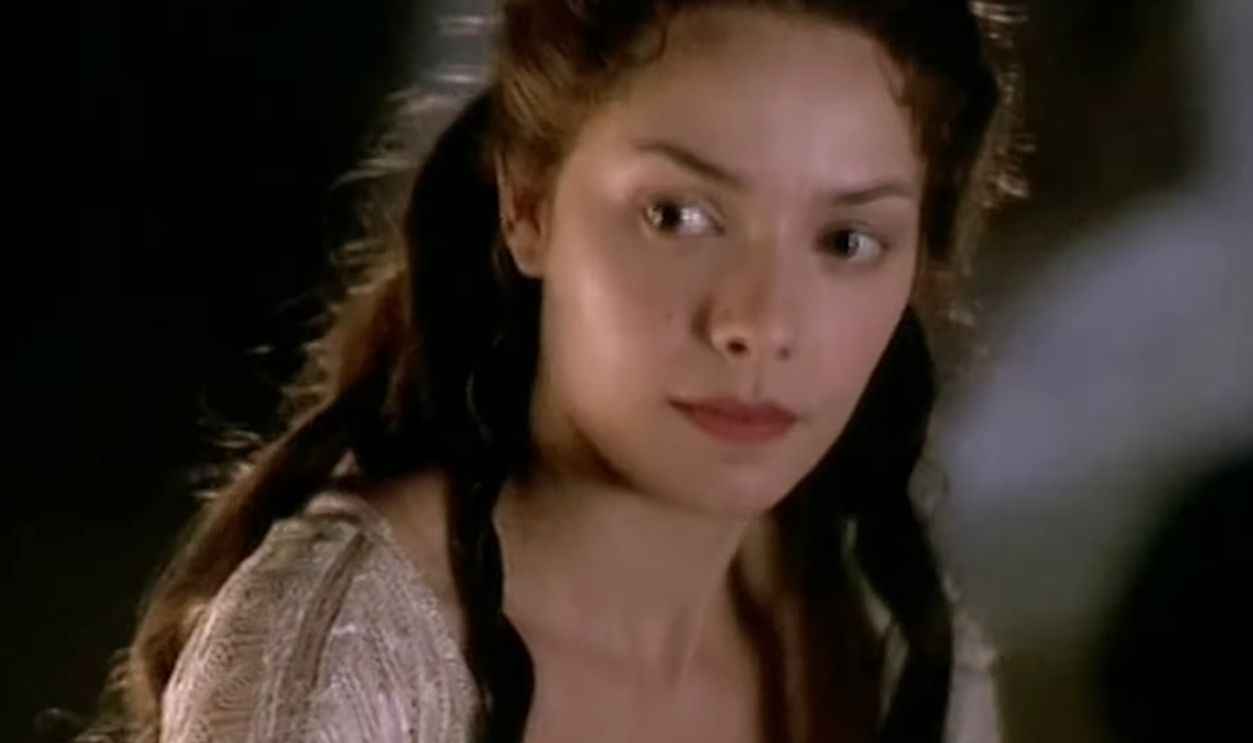 Screenshot from Arabian Nights, Hallmark Channel (1999)
Screenshot from Arabian Nights, Hallmark Channel (1999)
Merlin (1998)
Sam Neill starred as the legendary wizard in this three-hour mini-series that reimagined the tales of King Arthur through Merlin’s perspective. With Helena Bonham Carter, Miranda Richardson and Martin Short, the cast delivered memorable performances. Emmy-winning visual effects and inventive creature designs made Merlin a family favorite and a strong contender in the fantasy category.
 Screenshot from Merlin, NBC (1994)
Screenshot from Merlin, NBC (1994)
Scarlett (1994)
Envisioned as a sequel to Gone with the Wind, this ABC mini-series starred Joanne Whalley-Kilmer as Scarlett O’Hara decades later. The production boasted high ratings and major production investment, despite mixed reviews.
 Screenshot from Scarlett, CBS (1994)
Screenshot from Scarlett, CBS (1994)
Napoleon and Josephine: A Love Story (1987/1990 re-airings)
Though it initially aired back in 1987, this historical series enjoyed strong viewership and repeat airtime in the early 90s. Starring Armand Assante and Jacqueline Bisset, the epic two-night event reset expectations for historic-drama mini-series.
 Screenshot from Napoleon and Josephine: A Love Story, ABC (1990)
Screenshot from Napoleon and Josephine: A Love Story, ABC (1990)
Andersonville (1996)
Directed by John Frankenheimer, Andersonville depicted life inside the Civil War’s most notorious Confederate prison camp. The production featured massive outdoor sets, extensive extras and gritty realism. It gained critical acclaim for historical detail and for highlighting the horrifying conditions faced by Union soldiers, ultimately winning four Emmy nominations.
 Screenshot from Andersonville, Warner Bros. Television
Screenshot from Andersonville, Warner Bros. Television
The Langoliers (1995)
Based on Stephen King’s novella, this two-part ABC mini-series followed passengers on a mysteriously abandoned flight. Starring Bronson Pinchot, Patricia Wettig and Dean Stockwell, the series was praised for its suspense, eerie atmosphere and early CGI creatures. Critics were somewhat mixed in their response, but the show had a strong viewership and is a memorable entry in 1990s supernatural genre.
 Screenshot from The Langoliers, ABC
Screenshot from The Langoliers, ABC
Stephen King’s Storm of the Century (1999)
This three-part mini-series, written directly for television by the ever-prolific Stephen King, centered on a sinister stranger who arrives during a violent coastal storm. Featuring Tim Daly, Julianne Nicholson, and Colm Feore, the production layered psychological tension with supernatural horror. King’s original script and the remote, snowbound setting were key ingredients in its strong ratings and lasting reputation.
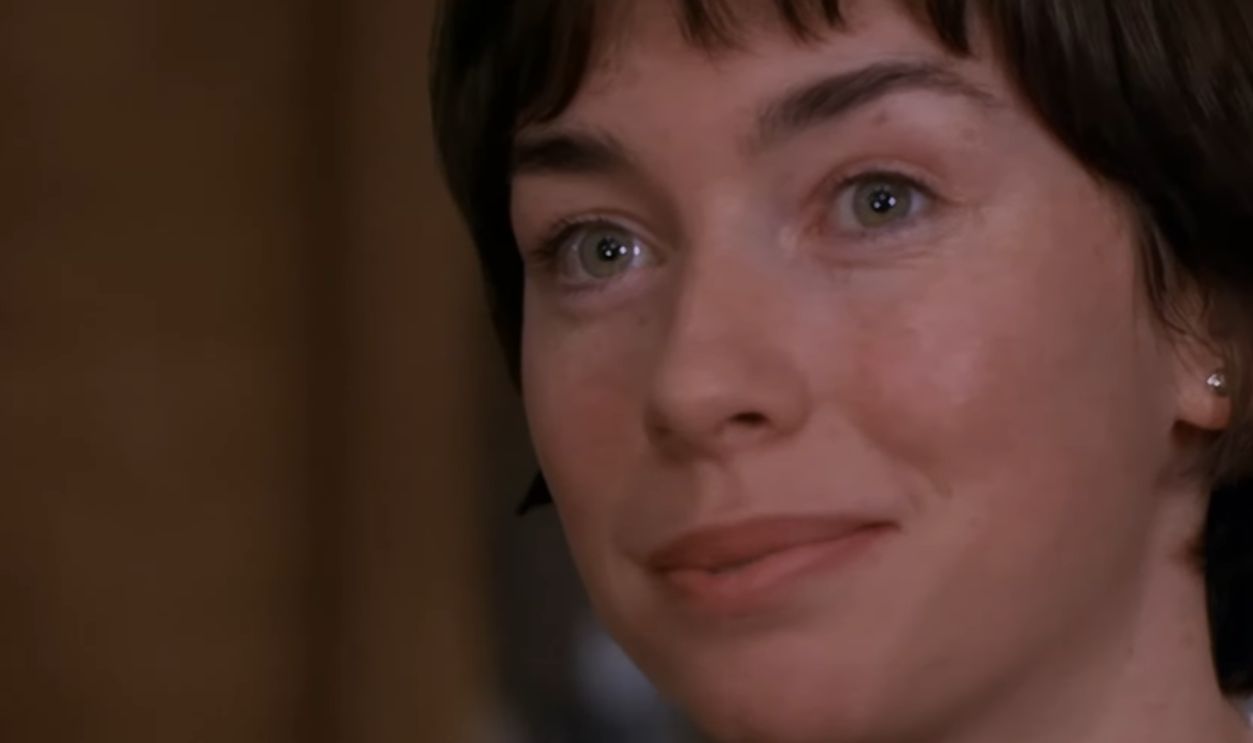 Screenshot from Stephen King’s Storm of the Century, ABC
Screenshot from Stephen King’s Storm of the Century, ABC
The Temptations (1998)
This two-night NBC miniseries chronicles the rise, struggles and legacy of the legendary Motown vocal group. Based on founding member Otis Williams’ autobiography, the production aired November 1-2 1998 depicting the group’s internal conflicts, substance abuse, and evolving lineup. Director Allan Arkush won the Emmy for Best Director of a Prime-Time Mini-Series.
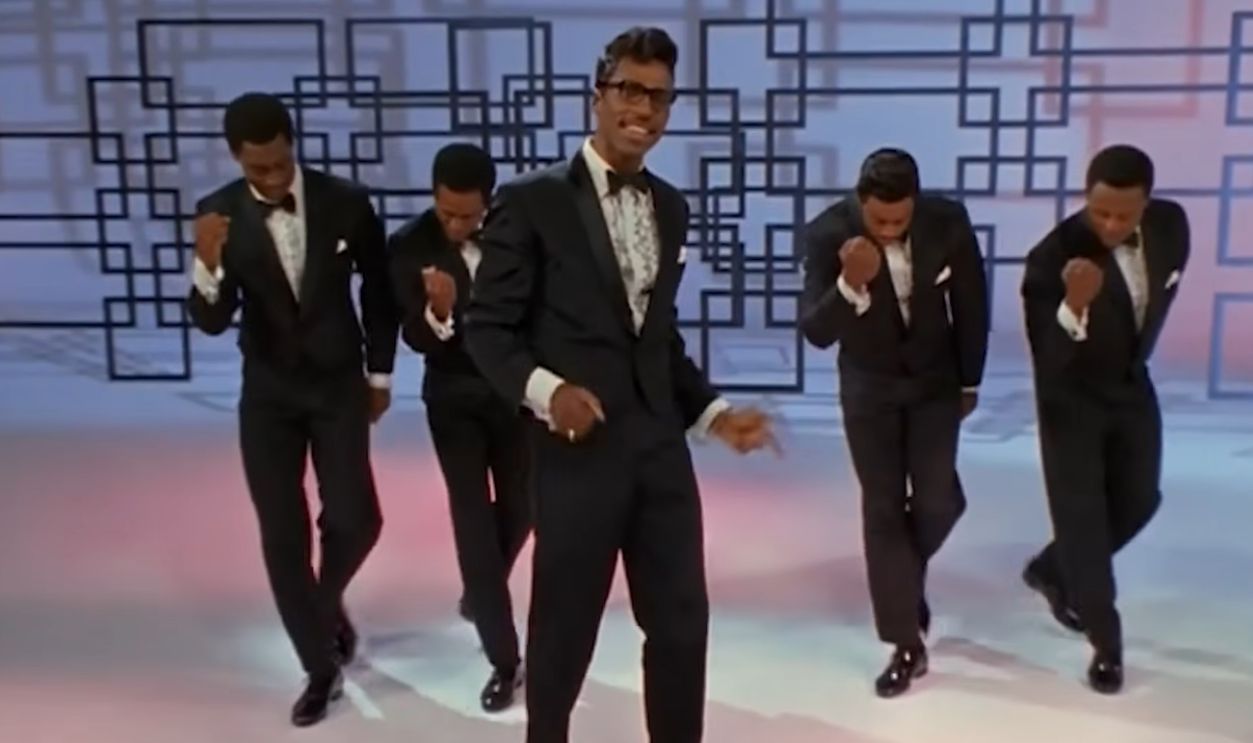 Screenshot from The Temptations, NBC
Screenshot from The Temptations, NBC
Joan Of Arc (1999)
This NBC miniseries dramatizes the life of the amazing French heroine Joan of Arc, focusing on political intrigue, the fantastic visions that guided her, and her eventual martyrdom. Featuring Leelee Sobieski in the title role and directed by Christian Duguay, its sweeping production values and historical spectacle were a worthy effort to measure up to the power of the original events.
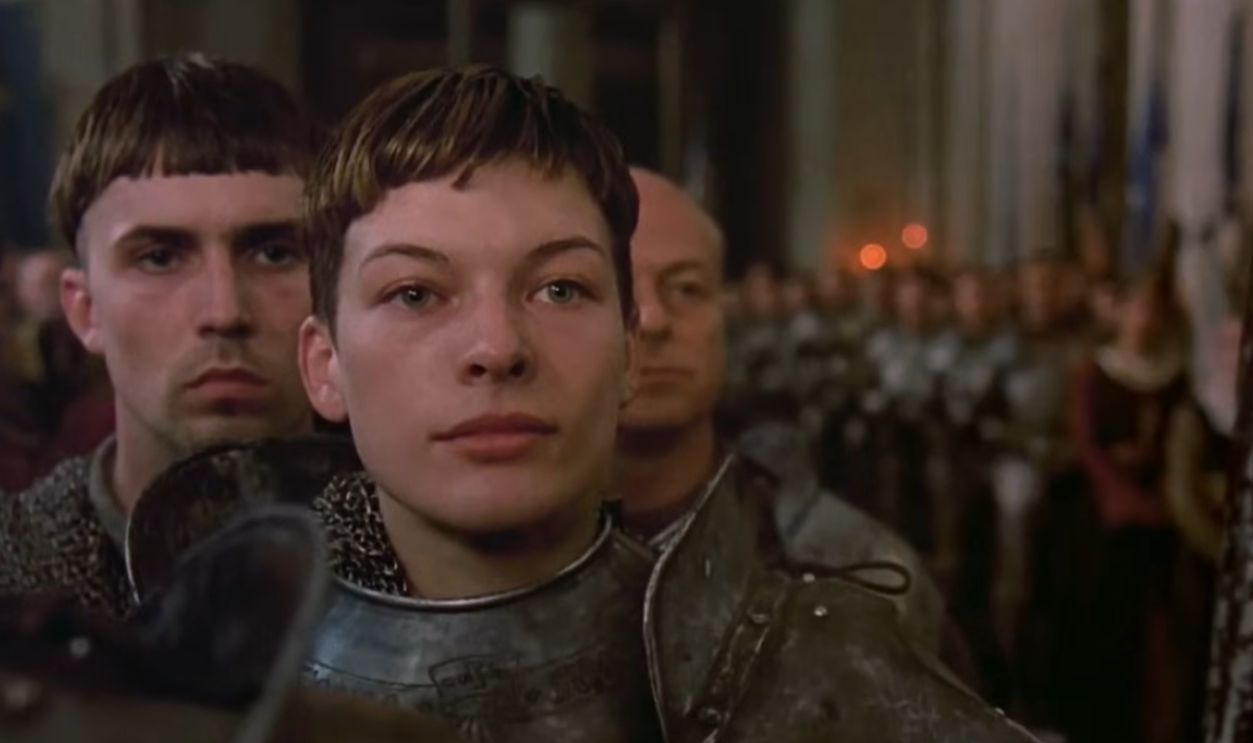 Screenshot from Joan of Arc, Columbia Pictures
Screenshot from Joan of Arc, Columbia Pictures
Tales Of The City (1993)
Based on the series of novels by Armistead Maupin, this six-part PBS miniseries explores a diverse group of characters living at 28 Barbary Lane in 1970s San Francisco. The mini-series was a blend of social commentary, comedy and drama and was a groundbreaking work for its inclusive portrayal of queer life.
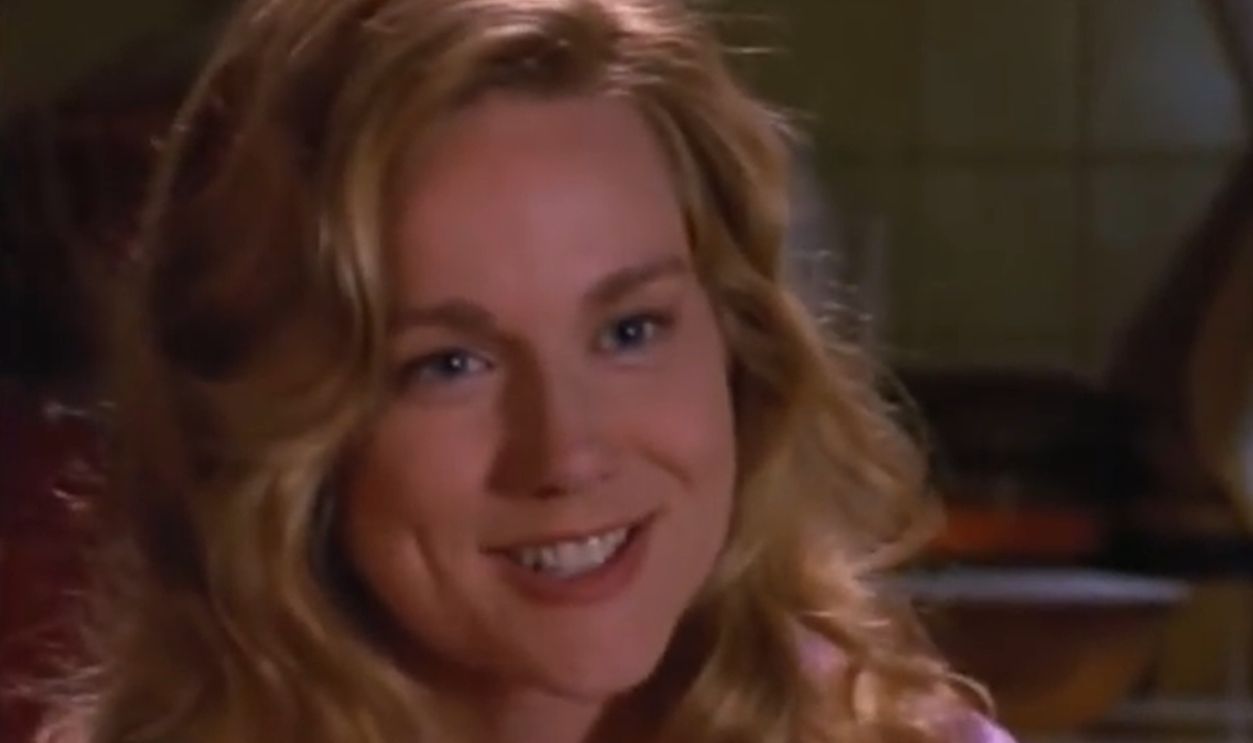 Screenshot from Tales of the City, Channel 4
Screenshot from Tales of the City, Channel 4
Pride And Prejudice (1995)
This BBC/A&E six-part adaptation of Jame Austen’s famous novel starred Jennifer Ehle as Elizabeth Bennet and Colin Firth as Mr. Darcy. Not only was it one of the most respected adaptations of Austen’s book, it was one of the most beloved mini-series of the decade. With a screenplay by Andrew Davies and direction by Simon Langton, it received well-deserved praise for its fidelity to the novel and strong performances.
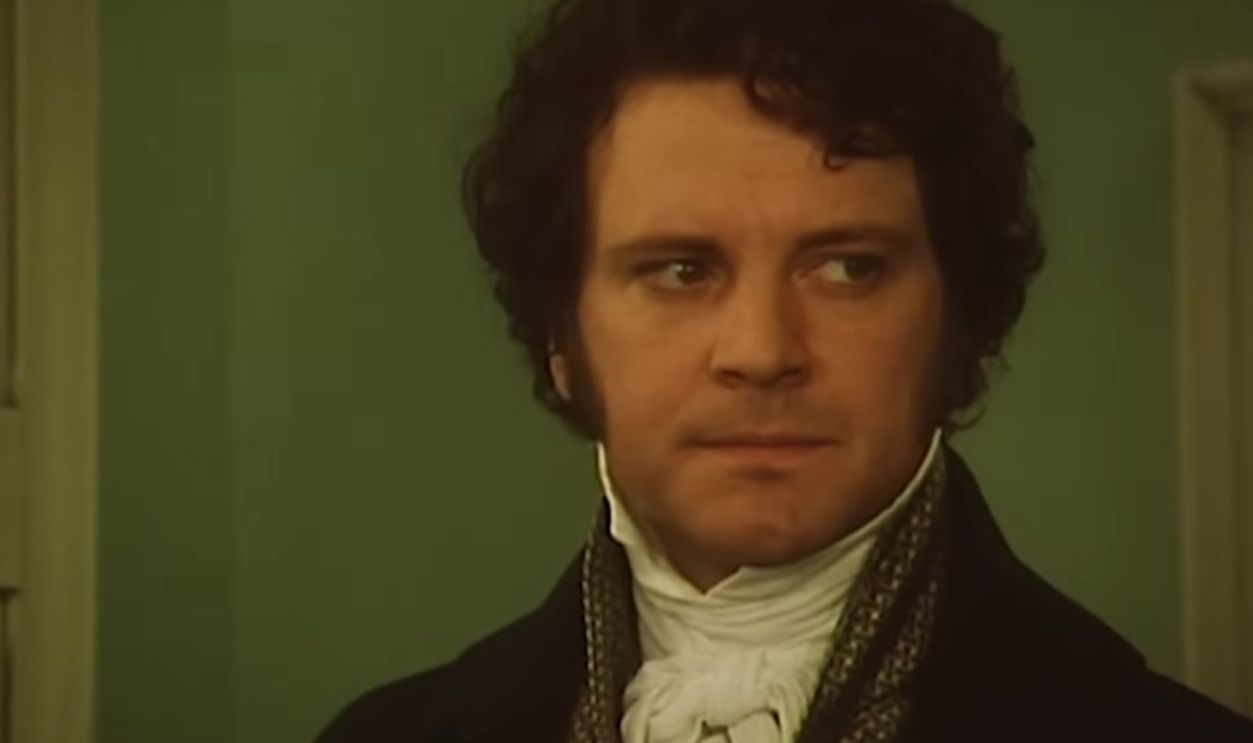 Screenshot from Pride and Prejudice, BBC
Screenshot from Pride and Prejudice, BBC
It (1990)
Adapted from Stephen King’s bloodcurdling horror novel, this two-part ABC miniseries premiered November 18-20 1990 and featured Tim Curry as the terrifying clown Pennywise. Directed by Tommy Lee Wallace and written by Lawrence D. Cohen, It became one of the most watched events of that year, bringing in nearly 30 million viewers in its first broadcast.
The 10th Kingdom (1999)
A fantasy adventure mini-series that blended present-day New York with a world of magical kingdoms, The 10th Kingdom earned a loyal following for its imaginative storytelling and production scale. Featuring John Larroquette and Kimberly Williams-Paisley, the show’s mix of fairy-tale characters and contemporary humor is still a cult favorite for fans of 90s fantasy TV.
 Screenshot from The 10th Kingdom, Hallmark Entertainment (1999)
Screenshot from The 10th Kingdom, Hallmark Entertainment (1999)
Titanic (1996)
This two-night CBS mini-series dramatized the events leading up to the sinking of the Titanic. With Peter Gallagher and Catherine Zeta-Jones in starring roles, the production featured large-scale sets and period detail. It got good reviews and was an indicator of the public’s bottomless fascination with the Titanic story that culminated with the 1997 James Cameron film.
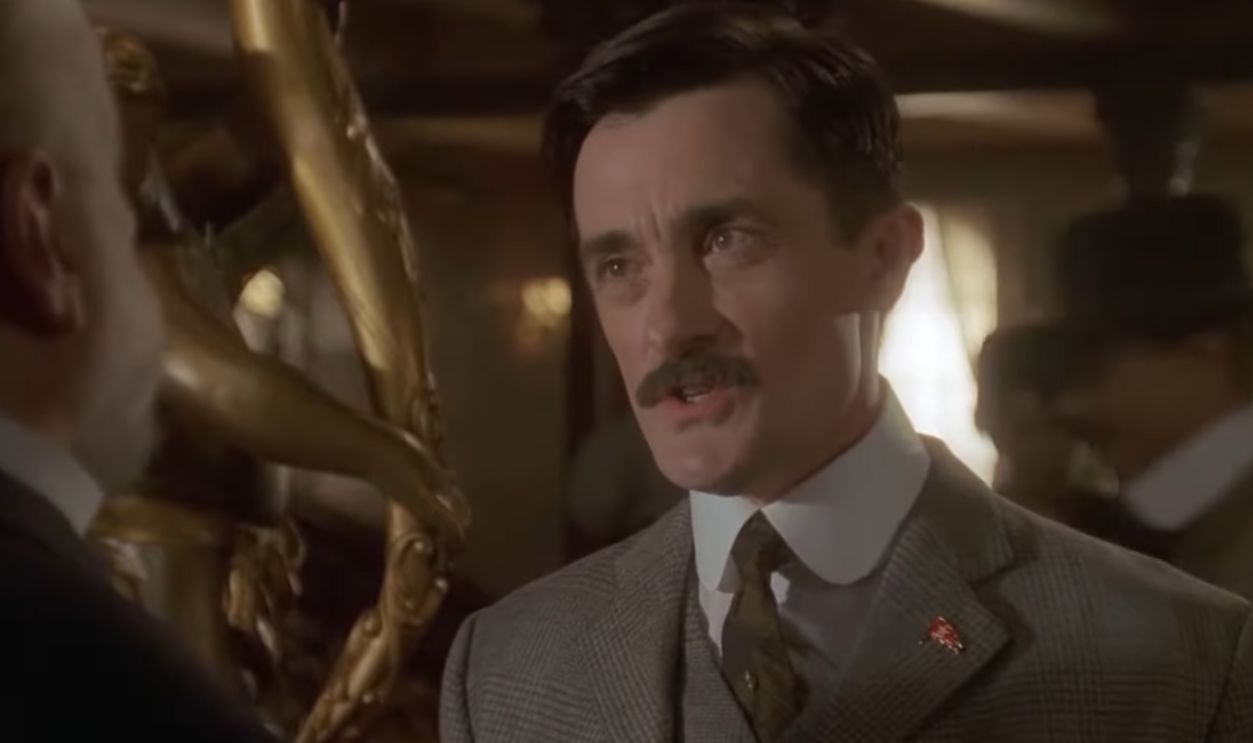 Screenshot from Titanic, CBS (1996)
Screenshot from Titanic, CBS (1996)
In Cold Blood (1996)
Speaking of stories that continue to fascinate the public, this two-part mini-series adapted Truman Capote’s landmark non-fiction novel about the 1959 Clutter family slayings. Anthony Edwards and Eric Roberts portrayed the killers in a production that was praised for its tense pacing, stark cinematography and dedication to the source material. One of the best true-crime mini-series of the decade.
 Screenshot from In Cold Blood, CBS (1996)
Screenshot from In Cold Blood, CBS (1996)
Honorable Mention: Fallen Angels (1993–95)
This anthology of noir crime stories was produced by Tom Hanks and Steven Spielberg with the work of directors like Scott Frank, Peter Bogdanovich and others. The cable mini-series showcased high production values and no shortage of lofty television ambitions, which it consistently lived up to.
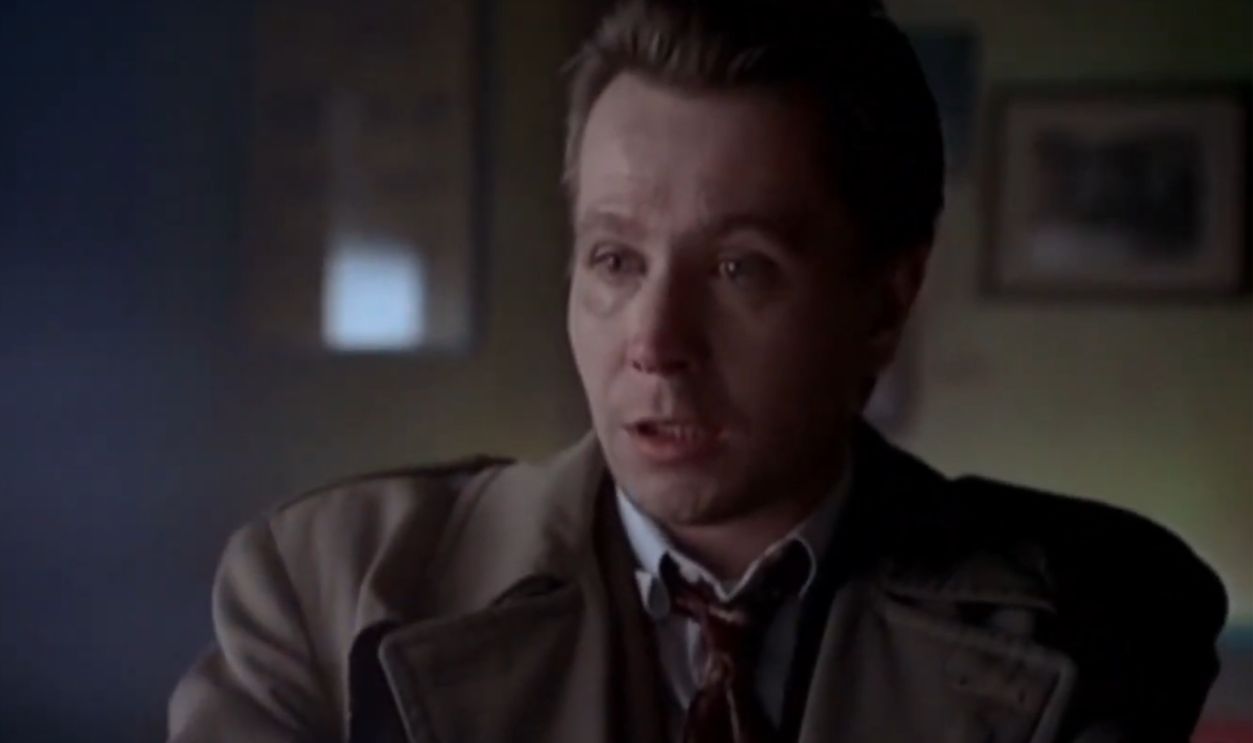 Screenshot from Fallen Angels, Showtime (1995)
Screenshot from Fallen Angels, Showtime (1995)
Bonus: The Civil War (1990)
Ken Burns’ The Civil War debuted on PBS in September 1990 and quicklly took its place as one of the most influential documentary mini-series ever produced. Using archival photographs, period music and memorable voice-acting narration, it brought nineteenth-century history to life for millions of viewers. Its success proved that documentary storytelling could dominate primetime and reshape how the public comprehends the nation's past.
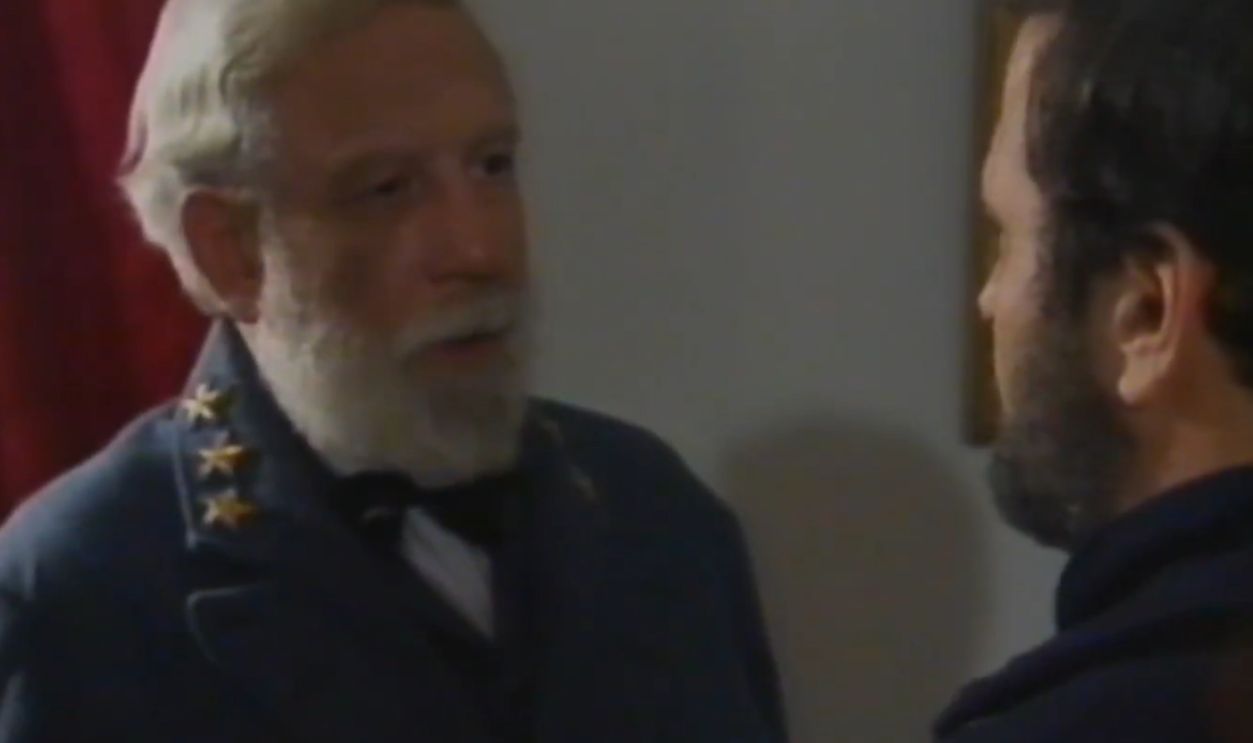 Screenshot from The Civil War, PBS (1990)
Screenshot from The Civil War, PBS (1990)
Big-Budget Aesthetics For The Small Screen
The 1990s saw a mini-series boom, as ambitious studios regularly spent tens of millions of dollars per event. Mini-series like The Stand and Angels in America were good examples of this trend that blurred the lines between television and film production budgets and ambitions. There were a lot of great results along the way.
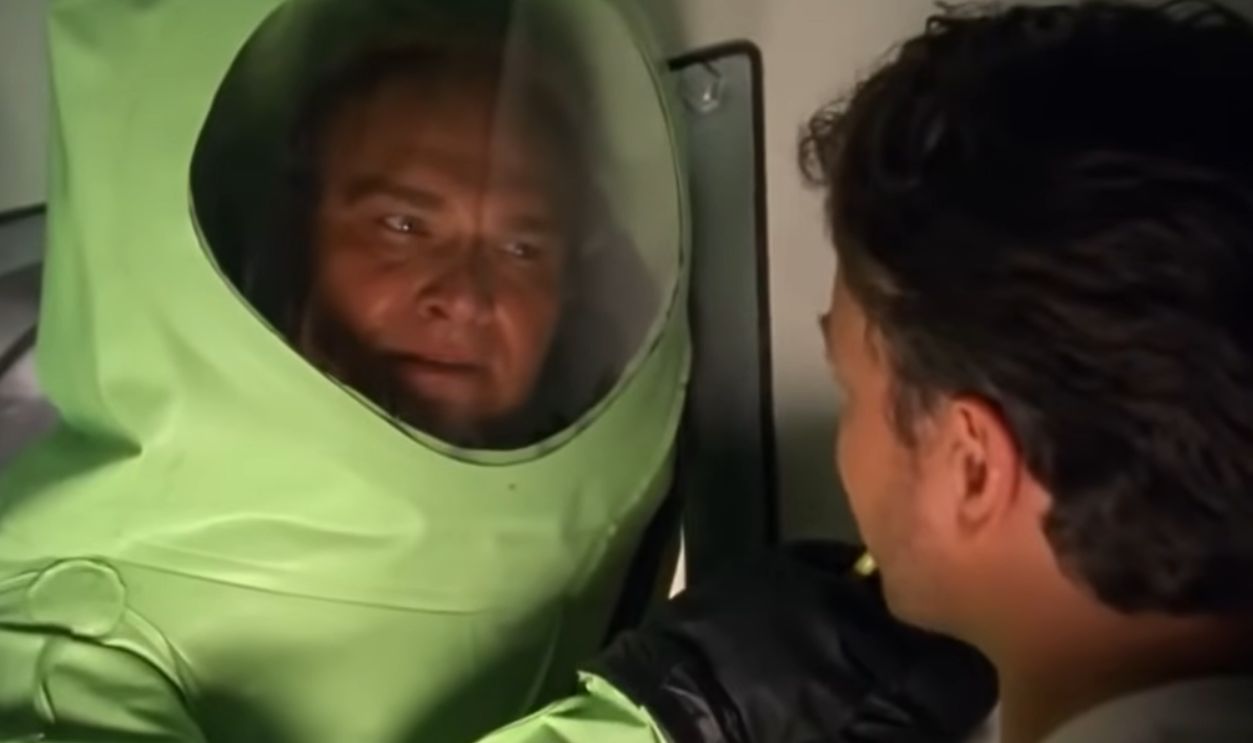 Screenshot from The Stand, ABC (1994)
Screenshot from The Stand, ABC (1994)
Talent Migrates To Television
To go with the more ambitious production scope, many actors and directors who worked primarily in film started to take on roles in mini-series during the 1990s, due to the longer formats, better writing and production, and the prestige that went with all that. This trend helped elevate the mini-series format to something approaching “small-screen cinema.”
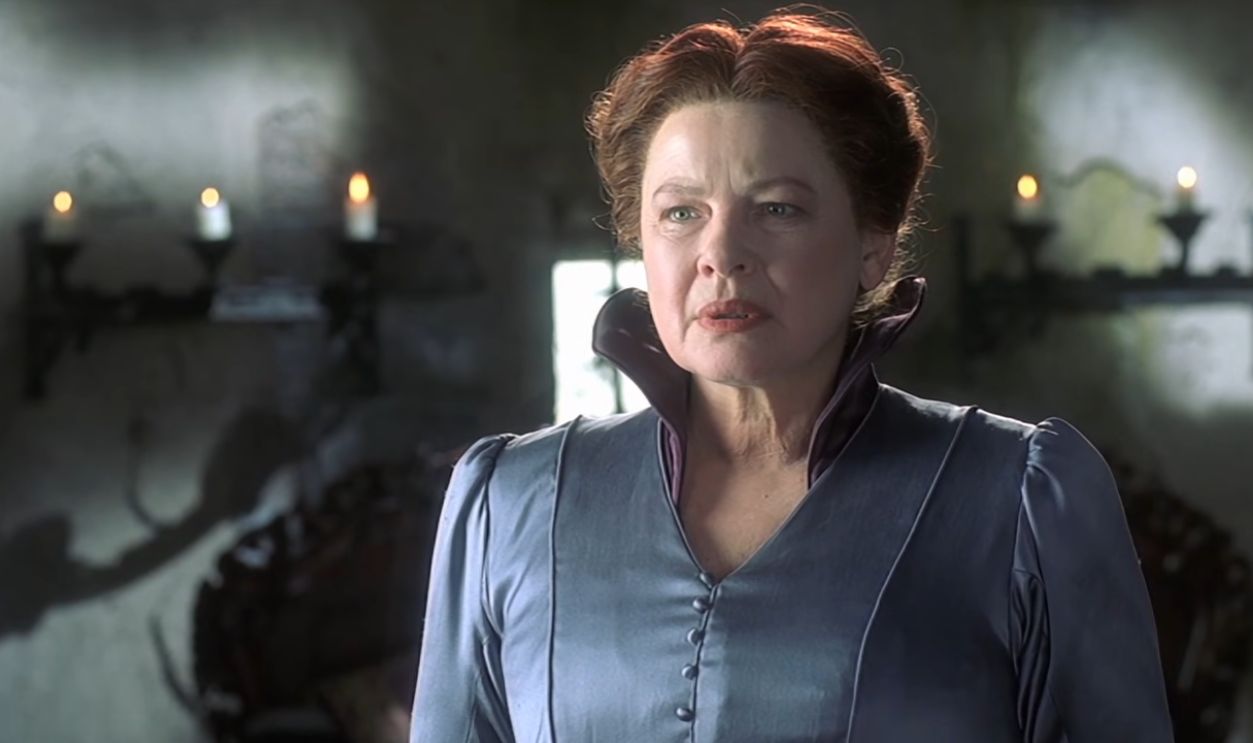 Screenshot from The 10th Kingdom, Hallmark Entertainment (1999)
Screenshot from The 10th Kingdom, Hallmark Entertainment (1999)
Rise Of Cable Prestige Mini-Series
The 1990s saw cable networks like HBO and Showtime investing in multi-night events, allowing for more sophisticated content, bigger budgets, and riskier storytelling. These investments paved the way for today’s streaming-era limited series that audiences have grown so accustomed to.
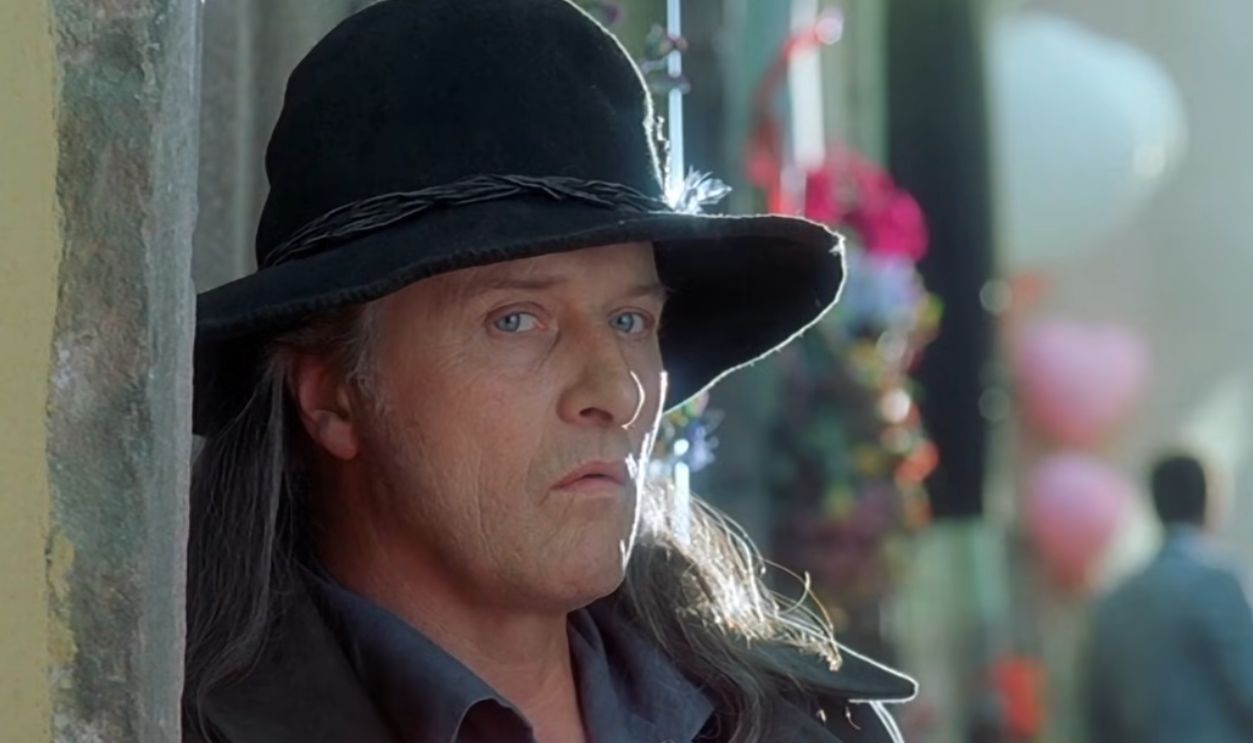 Screenshot from The 10th Kingdom, Hallmark Entertainment (1999)
Screenshot from The 10th Kingdom, Hallmark Entertainment (1999)
International Co-Productions
Many 1990s mini-series were co-produced across countries (for example Canada/US for The Odyssey) to spread out costs, access a more diverse array of locations and tap global markets. This helped increase production scale and international distribution for what had once been purely local events.
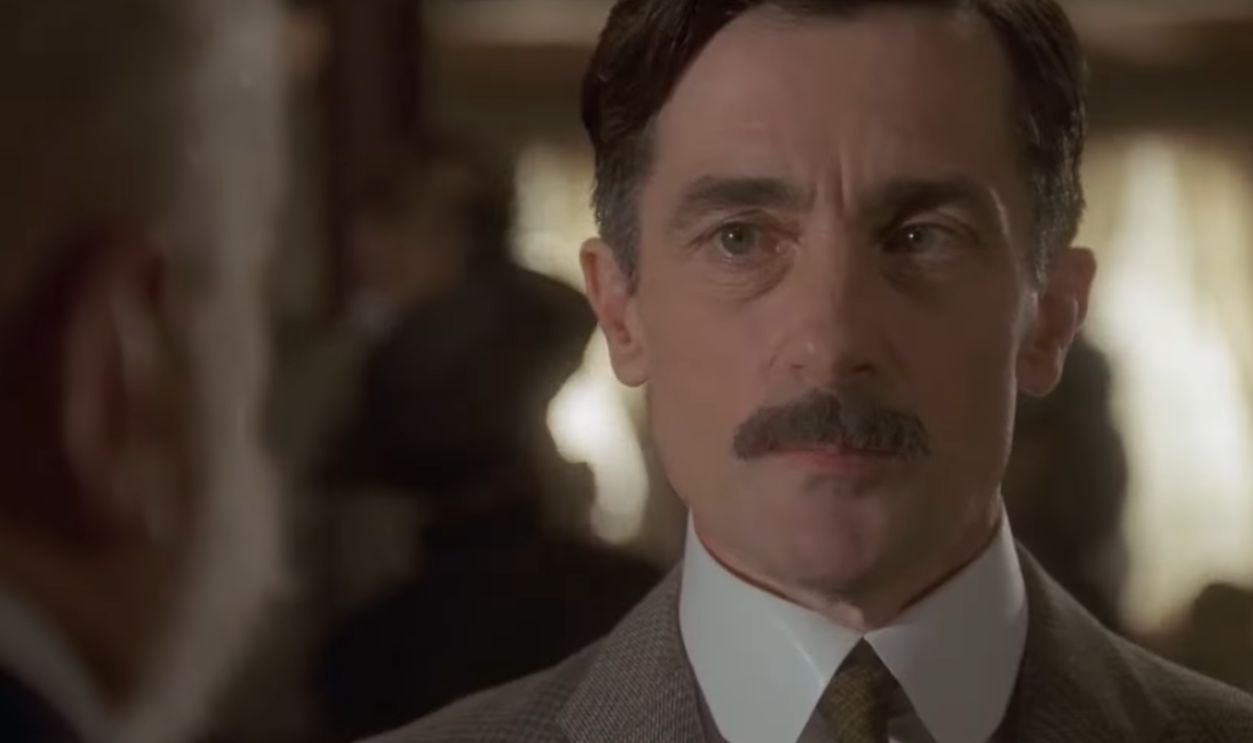 Screenshot from Titanic, CBS (1996)
Screenshot from Titanic, CBS (1996)
The Next Golden Age Of TV Mini-Series
With the ascent of streaming and the floundering of Hollywood at the box office, we may soon be entering a new golden age of great TV mini-series. As long as there are great stories to be told, and ambitious directors and producers willing to take creative risks, the potential will always be there. One thing’s for sure: if they need a roadmap for success, all they need to do is go back and watch the great mini-series of the 1990s.
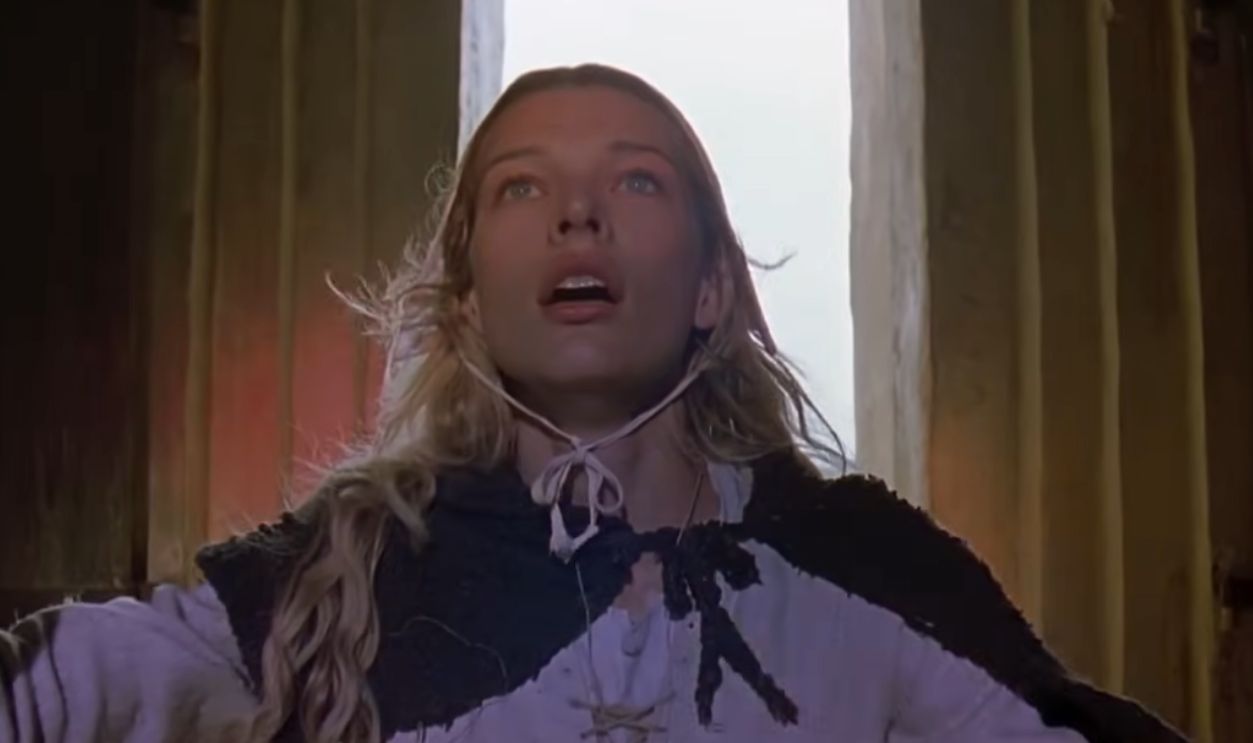 Screenshot from Joan of Arc, CBC (1999)
Screenshot from Joan of Arc, CBC (1999)
You May Also Like:
90s Cartoons That Still Hit Harder Than Anything Today
90s Teen Shows That Defined A Generation

